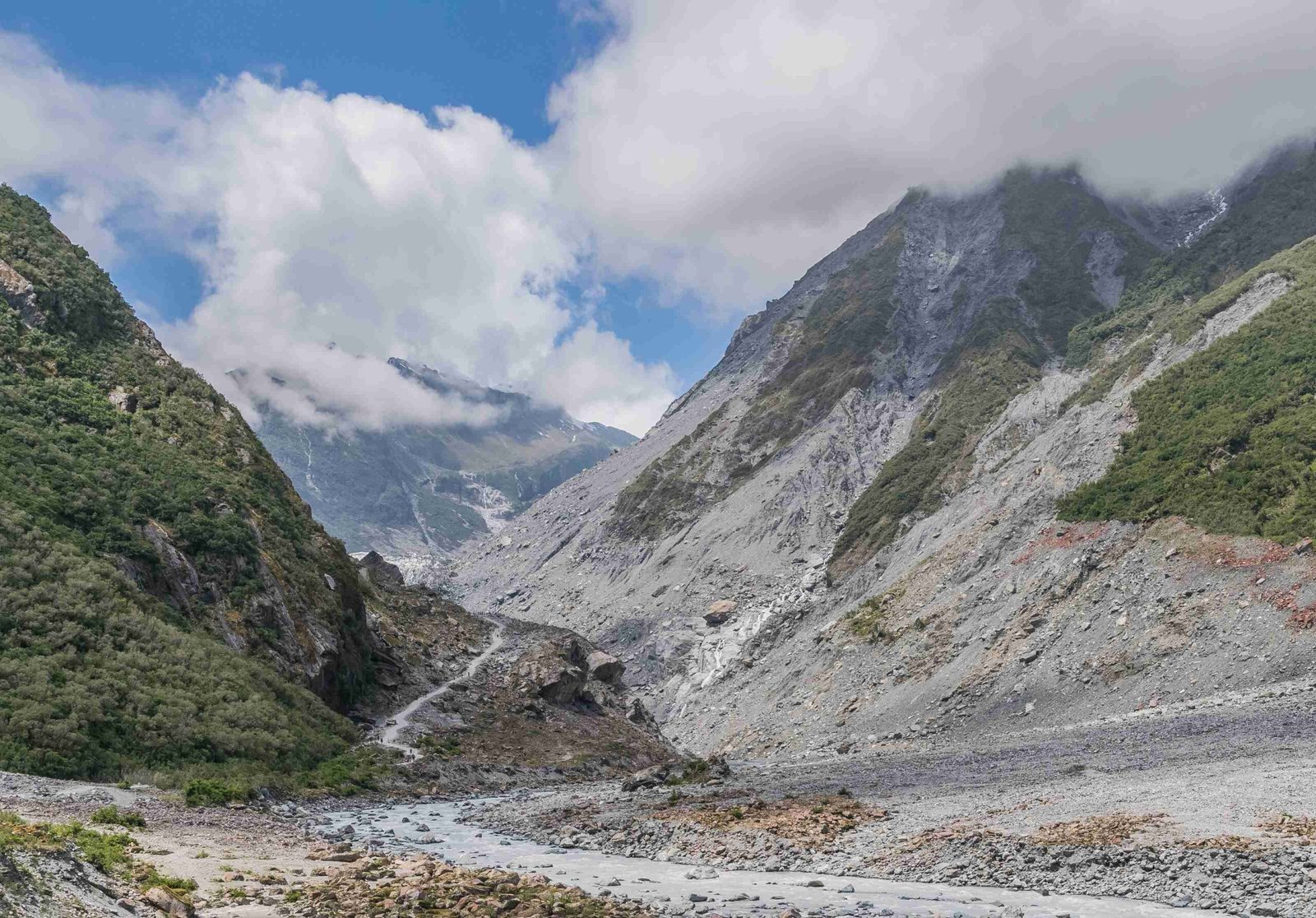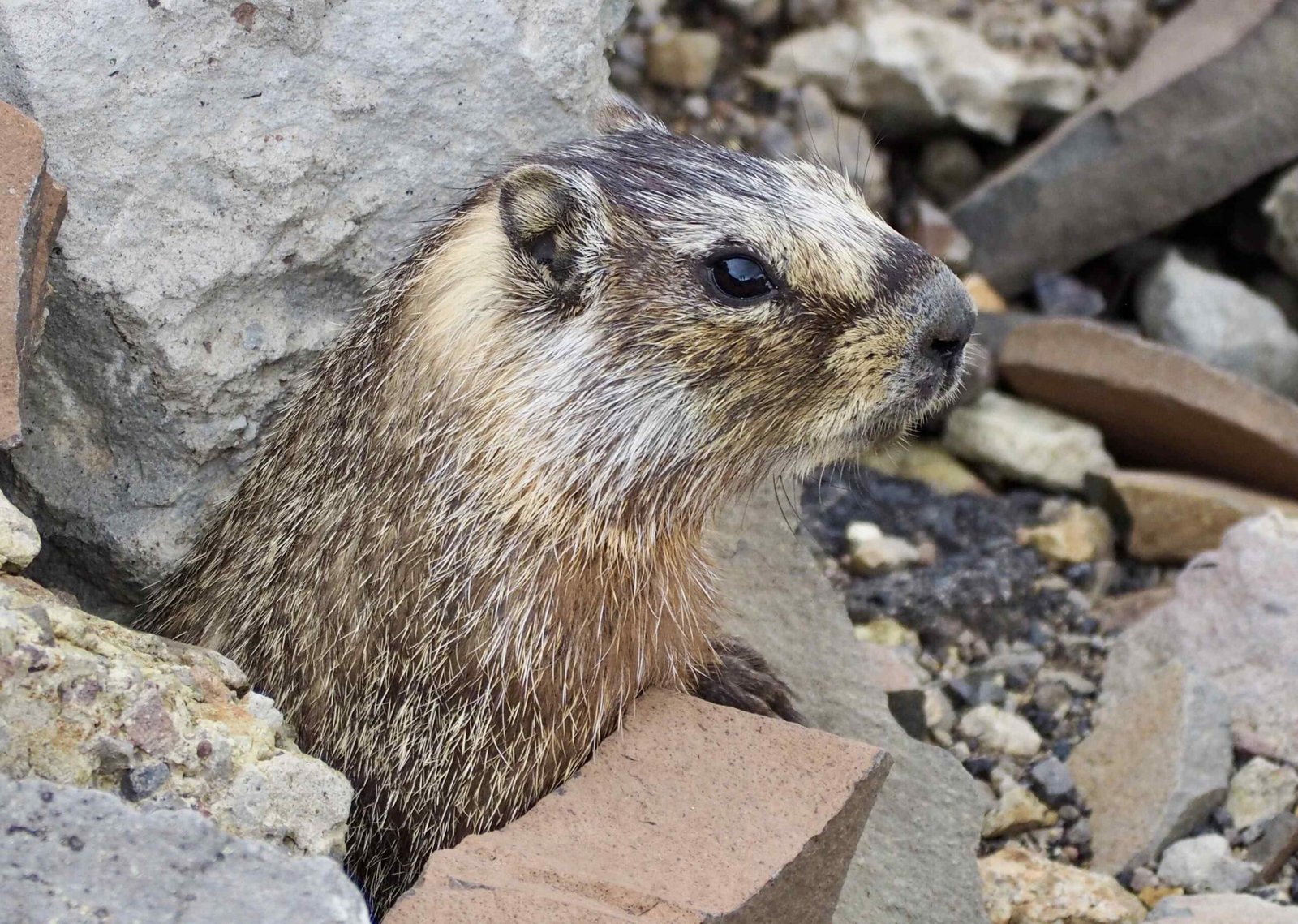The Glacier National Park Nervous Traverse is a challenging off-trail route located between Chaney and Ipasha Glacier. This Class 2 terrain with exposure offers experienced hikers a thrilling adventure through some of the park’s most breathtaking landscapes. While not a traditional hiking trail, the Nervous Traverse provides a unique opportunity to explore Glacier National Park’s rugged backcountry, requiring advanced navigation skills and proper preparation.
What is the Glacier National Park Nervous Traverse?

The Nervous Traverse is an off-trail route in Glacier National Park that offers a challenging and exposed hiking experience. It’s classified as Class 2 terrain, which means it involves scrambling and some use of hands for balance, but doesn’t require technical climbing gear. This traverse is not part of the park’s official trail system and is typically undertaken by experienced hikers and mountaineers looking for a more adventurous experience.
Key features of the Nervous Traverse include:
- Location: Between Chaney and Ipasha Glacier
- Difficulty: Class 2 terrain with exposure
- Type: Off-trail route
- Required skills: Advanced navigation, scrambling, and backcountry experience
Where is the Nervous Traverse Located?

The Nervous Traverse is situated in the northern part of Glacier National Park, between Chaney and Ipasha Glacier. It’s important to note that this is not a marked trail and doesn’t follow the main Highline Trail. Instead, it’s part of the park’s vast network of off-trail routes that experienced hikers use to explore the backcountry.
To access the Nervous Traverse, hikers typically start from one of these areas:
- Many Glacier area
- Waterton Lakes area
- Kintla Lake area
The exact approach can vary depending on the chosen route and the hiker’s overall itinerary.
What Skills are Needed to Attempt the Nervous Traverse?
Attempting the Nervous Traverse requires a specific set of skills and experience. This is not a route for novice hikers or those uncomfortable with exposure and off-trail navigation. Here’s a list of essential skills:
- Advanced navigation: Ability to use maps, compass, and GPS in unmarked terrain
- Scrambling: Comfort with using hands for balance and climbing over rocky terrain
- Route finding: Experience in identifying safe passages through challenging landscapes
- Physical fitness: Stamina for long days of hiking in high-altitude conditions
- Risk assessment: Ability to evaluate weather, terrain, and personal limitations
- Backcountry camping: Knowledge of Leave No Trace principles and wilderness survival skills
What Gear is Recommended for the Nervous Traverse?
Proper gear is crucial for safely navigating the Nervous Traverse. Here’s a table of recommended equipment:
| Category | Items |
|---|---|
| Footwear | Sturdy hiking boots with good ankle support |
| Navigation | Topographic map, compass, GPS device |
| Safety | First aid kit, emergency shelter, personal locator beacon (PLB) |
| Clothing | Layered clothing, waterproof jacket and pants, warm insulation |
| Hydration | Water bottles or hydration system, water purification method |
| Nutrition | High-energy snacks and meals |
| Tools | Trekking poles, headlamp, multi-tool |
| Communication | Satellite phone or PLB for emergency contact |
Remember, this list is not exhaustive, and gear should be adjusted based on the season, weather forecast, and individual needs.
How Long Does it Take to Complete the Nervous Traverse?
The time required to complete the Nervous Traverse can vary significantly depending on factors such as:
- Hiker experience and fitness level
- Weather conditions
- Chosen route and approach
- Time spent on photography or enjoying views
Generally, the traverse itself might take anywhere from a few hours to a full day. However, most hikers incorporate the Nervous Traverse into a longer backcountry trip that could span several days to a week.
It’s crucial to plan conservatively and allow extra time for unexpected challenges or slower progress due to the terrain’s difficulty.
What are the Weather Considerations for the Nervous Traverse?
Weather plays a critical role in the safety and success of any attempt on the Nervous Traverse. Glacier National Park is known for its unpredictable and rapidly changing weather conditions, especially at higher elevations. Here are some key weather considerations:
- Sudden storms: Be prepared for quick changes, including thunderstorms in summer
- Snow and ice: Even in summer, snow and ice can persist on high routes
- High winds: Exposed areas can experience strong, gusty winds
- Temperature fluctuations: Be ready for both hot sun and near-freezing conditions
Before attempting the traverse, it’s essential to:
- Check the latest weather forecast
- Understand mountain weather patterns
- Be prepared to turn back if conditions deteriorate
- Carry appropriate gear for various weather scenarios
How to Prepare for the Nervous Traverse?
Proper preparation is key to a safe and enjoyable experience on the Nervous Traverse. Here’s a checklist to help you prepare:
- Physical conditioning:
- Build endurance through long day hikes
- Practice scrambling on similar terrain
-
Acclimate to high altitudes if possible
-
Skills development:
- Take a wilderness navigation course
- Practice off-trail route finding
-
Learn basic wilderness first aid
-
Trip planning:
- Study topographic maps of the area
- Research recent trip reports and conditions
-
Plan your route and potential bail-out options
-
Gear preparation:
- Test all equipment before the trip
- Ensure your gear is appropriate for the conditions
-
Pack essential safety and emergency items
-
Permits and regulations:
- Obtain necessary backcountry permits
-
Familiarize yourself with park regulations and Leave No Trace principles
-
Emergency preparedness:
- Leave a detailed itinerary with a trusted contact
- Know how to use your emergency communication device
- Memorize or carry the park’s emergency contact number: (406) 888-7800
What are the Alternatives to the Nervous Traverse?
For those who find the Nervous Traverse too challenging or want to build up to it, Glacier National Park offers numerous alternatives that provide similar scenic beauty with varying levels of difficulty:
- Highline Trail: A popular, well-maintained trail with stunning views
- Ptarmigan Tunnel: Offers a unique hiking experience through a tunnel blasted through the mountain
- Iceberg Lake Trail: A moderate hike leading to a picturesque alpine lake
- Grinnell Glacier Trail: Challenging but on-trail hike to one of the park’s most famous glaciers
- Siyeh Pass Loop: A strenuous day hike with diverse landscapes and potential wildlife sightings
These trails provide excellent opportunities to experience Glacier National Park’s beauty while staying on maintained paths. They can also serve as good preparation for more challenging off-trail routes like the Nervous Traverse.
Remember, always prioritize safety and make decisions based on your current skill level and the prevailing conditions. The Nervous Traverse will still be there for future adventures as you build your skills and experience in the backcountry.